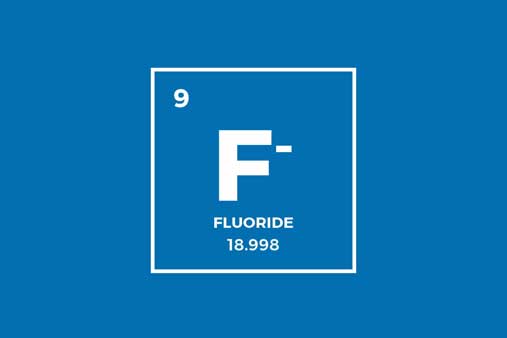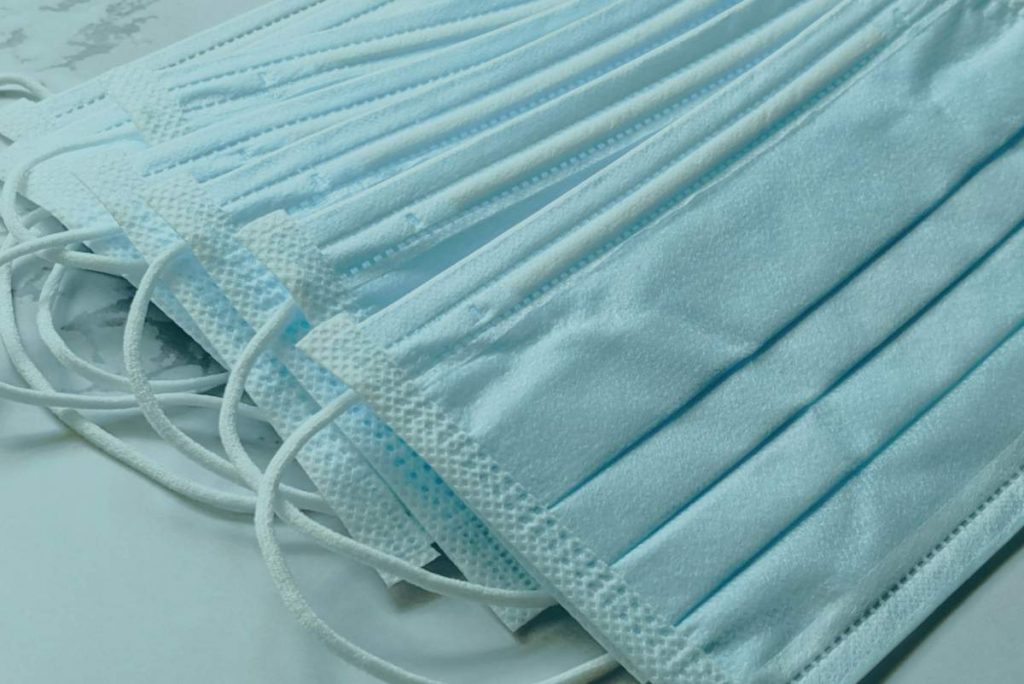One of the most common dental treatments we perform in Saskatoon is to fill cavities or repair teeth damaged by decay. Fluoride is a natural mineral that contributes to strong bones and teeth. While controversy exists around the safety of fluoride, the benefits of fluoride for dental health are scientifically proven. Read on to find out more about why fluoride is good for your teeth.
What is Fluoride?
Fluoride is a natural mineral that contributes to strong bones and teeth. It occurs naturally in fresh and saltwater sources across the globe. All vegetation contains some fluoride mineral which is absorbed from water and soil. It can also be found in rainwater that has collected atmospheric particulates containing fluoride.
A Brief History of Fluoride Research
The benefits of fluoride for dental wellness have been known for nearly a century. It took thirty years of research and several studies, but in 1931 dental researchers solved the mystery and proved that high levels of water-borne fluoride causes discoloration of the tooth enamel, a condition which would later become known as enamel fluorosis. This was an important discovery for the future of dental care, and it paved the way for an even more important finding.
During subsequent studies, dental researchers discovered that while teeth showing stains caused by enamel fluorosis were permanently discolored, they were actually significantly more resistant to decay. Eventually, it was scientifically proven that fluoride in low, controlled dosage can actually help prevent cavities and dental decay. After measuring the effects of fluoride in varying concentrations, researchers found an optimal level of fluoride in drinking water that would provide cavity protection without causing the discoloration of enamel fluorosis.
The dental science breakthrough that made tooth decay preventable for the first time in history.
In 1945, the city of Grand Rapids in Michigan became the first city in the world to fluoridate its drinking water. During a fifteen-year project, researchers monitored rates of tooth decay among roughly 30,000 children in Grand Rapids and found that among Grand Rapids children born after fluoride was added to drinking water, the rate of dental cavities dropped by over 60 percent. This finding promised to revolutionize dental care by making tooth decay preventable for most people worldwide. After this research, fluoride levels in drinking water became increasingly regulated in communities across the globe.
What is Enamel Fluorosis?
Enamel Fluorosis is an aesthetic condition that develops during the period from birth to age 8, while the permanent teeth are still developing beneath the surface of the gums. Over-exposure to fluoride during childhood results in the hypermineralization of the teeth, which is an aesthetic condition that has no adverse effects on the integrity of the teeth and can actually prevent and reverse early tooth decay. Fluoride exposure after the age of 8 will not contribute to enamel fluorosis, as the enamel of the permanent teeth is fully formed by that time.
Why do we Fluoridate Public Drinking Water?
Water fluoridation is the practice of adjusting fluoride levels in drinking water to a concentration optimal for preventing dental decay without causing enamel fluorosis. Fluoride in drinking water protects everyone in Saskatoon against cavity formation, regardless of age or access to oral health services. When used in appropriate dosage, fluoride is your friend! If you have questions about fluoride for you and your family, the team at Acadia Dental Clinic has answers. (306) 664-2626.





